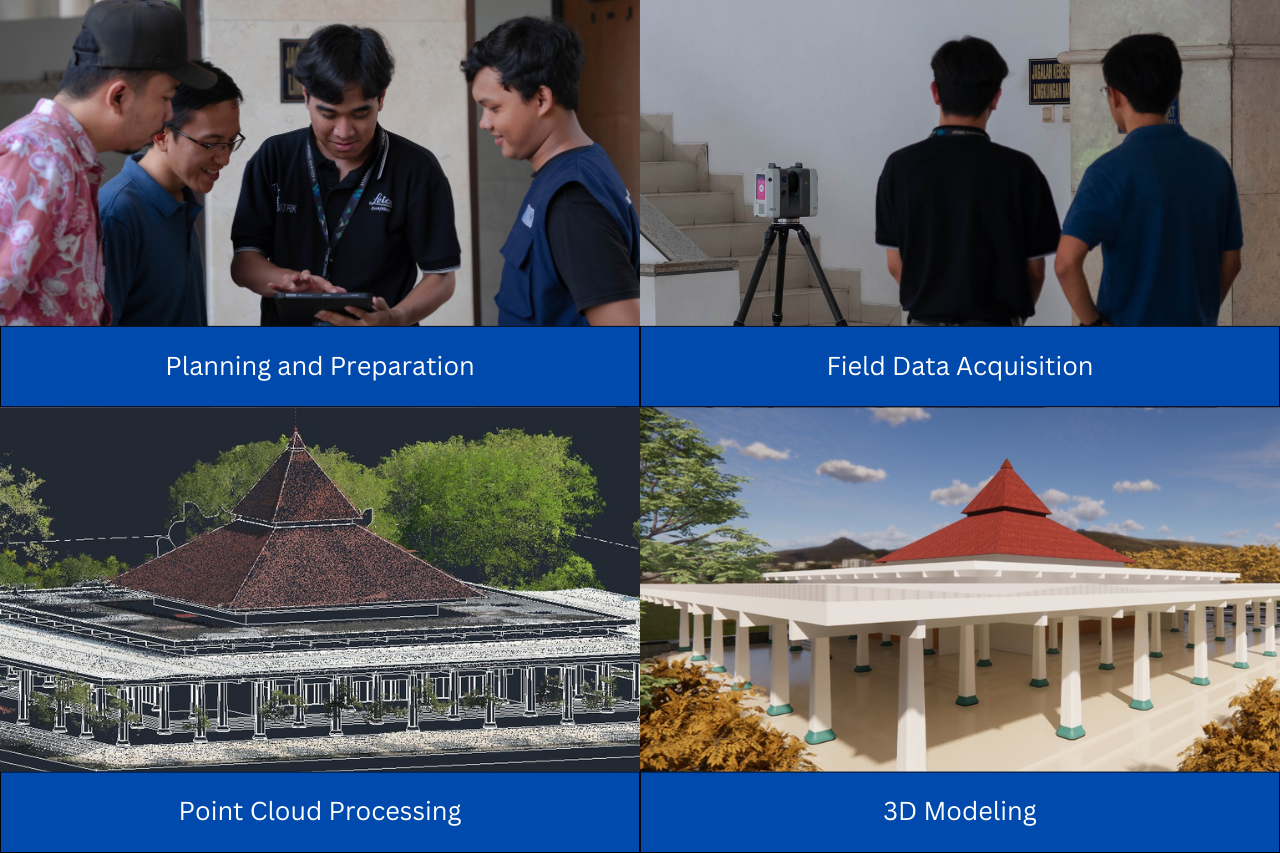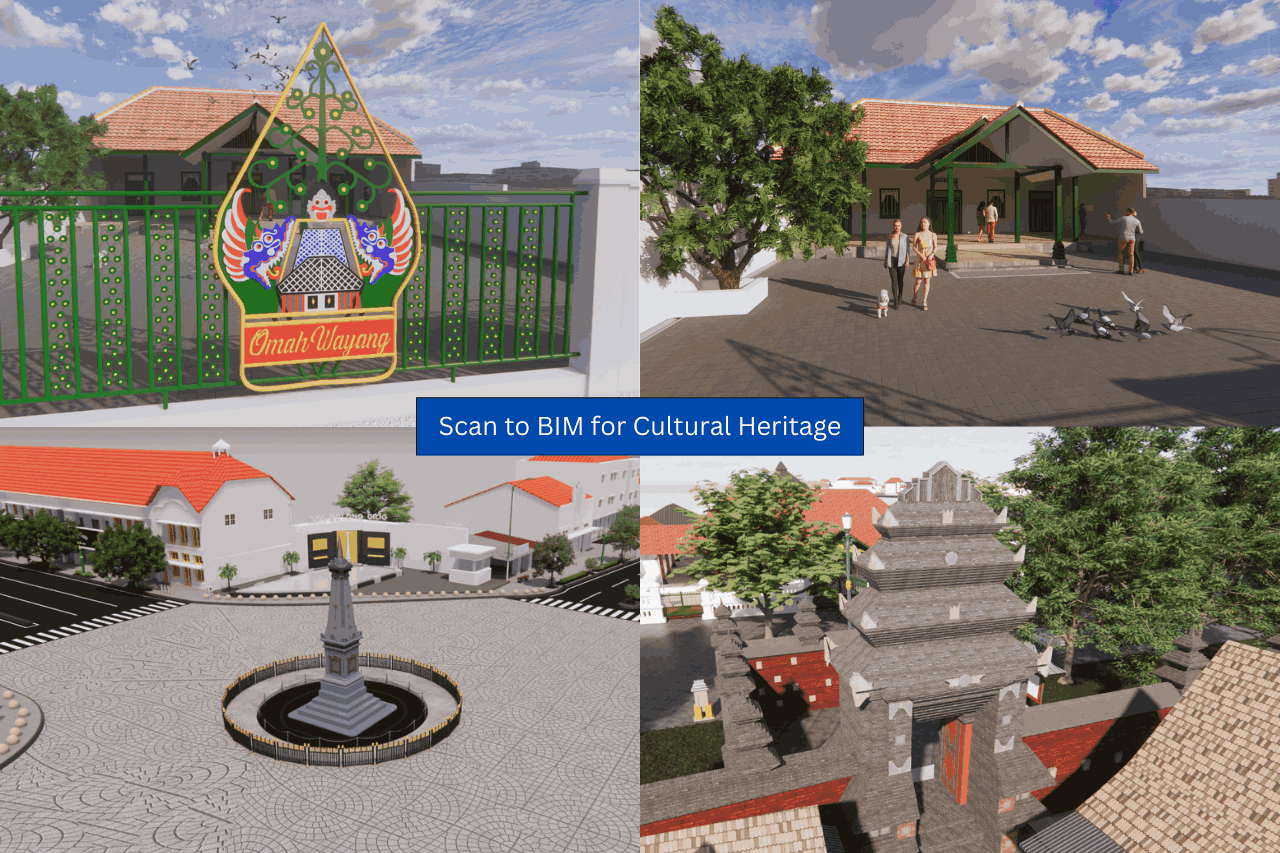One Stop BIM Solution
In the world of construction and asset management, many still assume that Asset Management (AM) and Facility Management (FM) are the same. In fact, they have different focuses, even though both play an equally important role in the life cycle of an asset.
What Is Asset Management (AM)?
Asset Management (AM) is a series of strategic activities to manage assets with the goal of maximizing the value and benefits of those assets throughout their life cycle. AM is not just about keeping assets functional, but about viewing them as long-term investments that must generate returns or benefits equal to—or greater than—the costs incurred.
Key Focus of Asset Management:
- Value: How assets can make the greatest contribution to organizational goals.
- ROI (Return on Investment): Measuring how far an asset generates returns or benefits from the investment made.
- Asset Lifecycle: Establishing strategies from procurement to decommissioning.
- Strategic Decision-Making: Determining when assets should be repaired, upgraded, or replaced.
Imagine a company buys a high-spec laptop at a premium price. Such a laptop shouldn’t just be used for light tasks like typing documents. To maximize its value, the laptop is better utilized for processing complex project data, which can generate greater returns.
What Is Facility Management (FM)? Facility Management (FM) is the day-to-day operation and management of facilities or physical assets to ensure they remain functional, comfortable to use, and supportive of organizational productivity.
FM views assets as operational tools, focusing on their condition, usage, and the smoothness of daily activities. If AM is more strategic, FM is more tactical and operational, dealing directly with the physical condition of assets. FM ensures that assets are always ready for use, do not disrupt activities, and are efficiently maintained.
Key Focus of Facility Management:
- Daily Operations: Ensuring facilities can be used without disruption.
- Maintenance: Performing routine inspections, repairs, and preventive measures.
- Comfort & Efficiency: Keeping the work environment conducive to productivity.
- Risk Management: Minimizing potential disruptions, such as power outages, AC breakdowns, or IT system failures.
Example : Using the same laptop example, FM would be responsible for monitoring whether its storage is full, performance is slowing, or if there are any technical issues. This way, the laptop remains reliable and continues to support employees’ daily productivity.
BIM for Asset & Facility Management
So far, Building Information Modeling (BIM) has been mostly associated with the design and construction phases. However, its benefits extend far beyond the building stage. BIM can play a critical role in asset management, both AM and FM. With BIM, a Facility Manager can have well-organized, accurate, and easily accessible data. This means all essential information about assets, building systems, rooms, and other technical details can be stored in a single model. As a result, building operators no longer need to spend hours—or even days or weeks, digging through stacks of drawings, O&M manuals, warranties, or scattered documents. All the information is consolidated in one place: just open the BIM model, click, and the required data is instantly available. Asset Management and Facility Management may look similar, but they serve different purposes that complement each other. AM focuses on the long-term value and ROI of assets, while FM ensures smooth daily operations. With BIM as the bridge, both functions can be supported by accurate, accessible, and integrated information.
At GeoBIM Indonesia, we don’t just provide Scan-to-BIM or 3D modeling services, we also offer solutions for Facility Management, helping organizations maximize the value of their assets throughout the entire lifecycle.
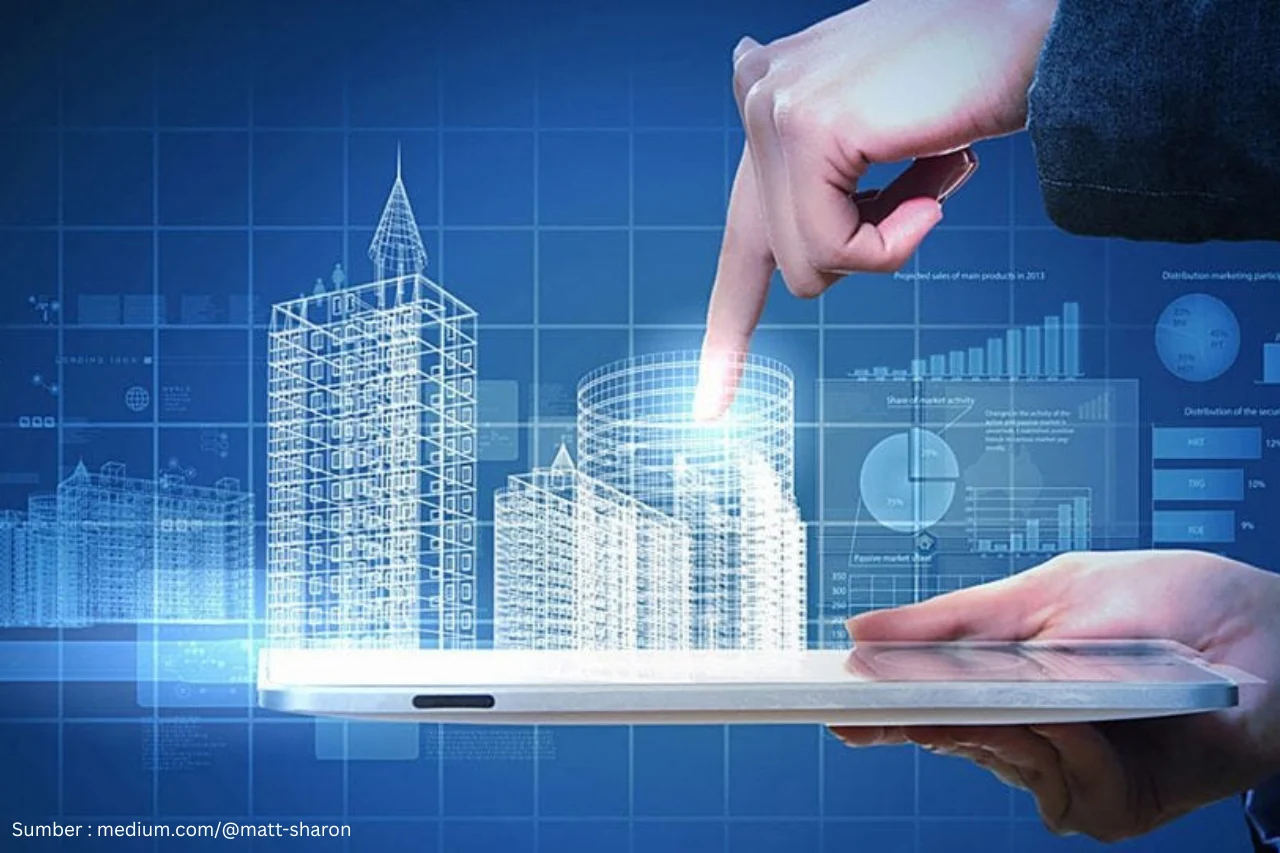

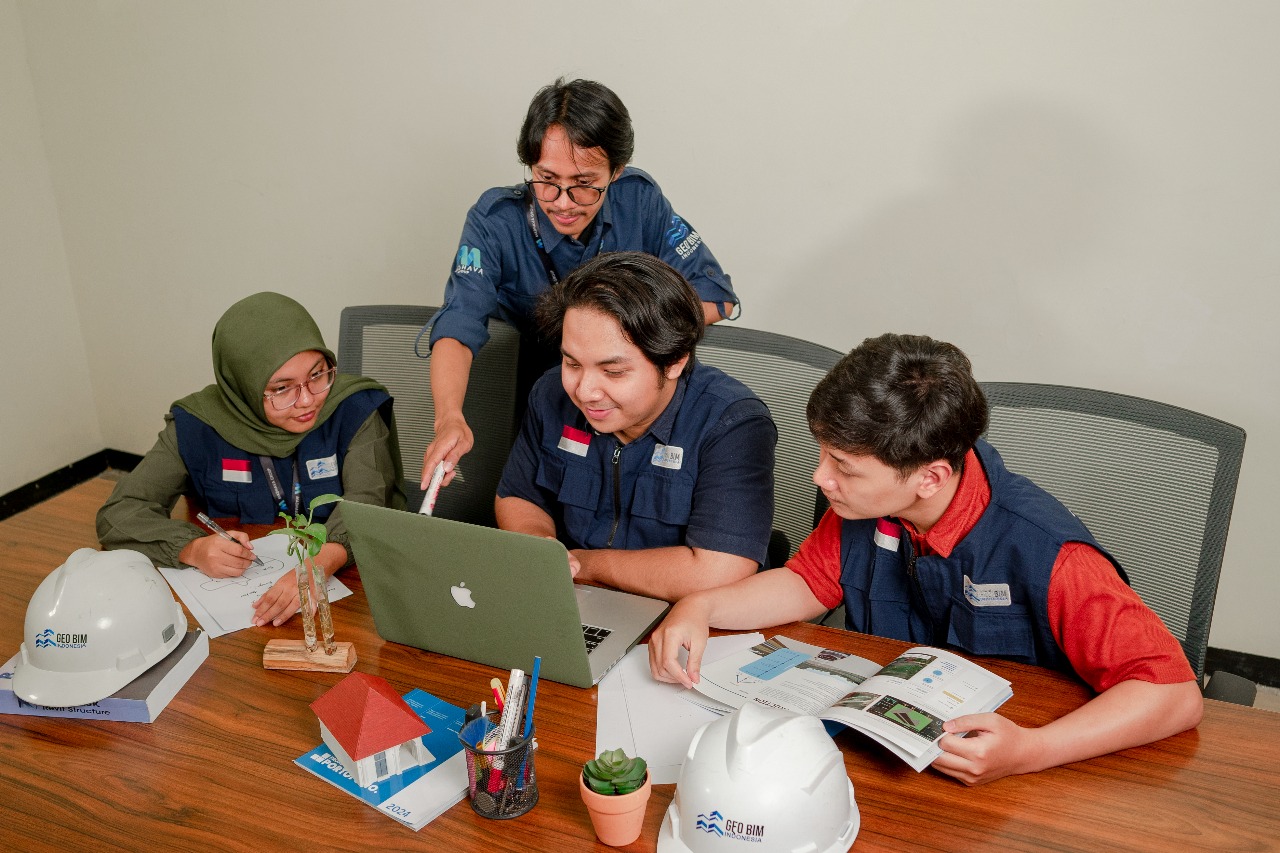
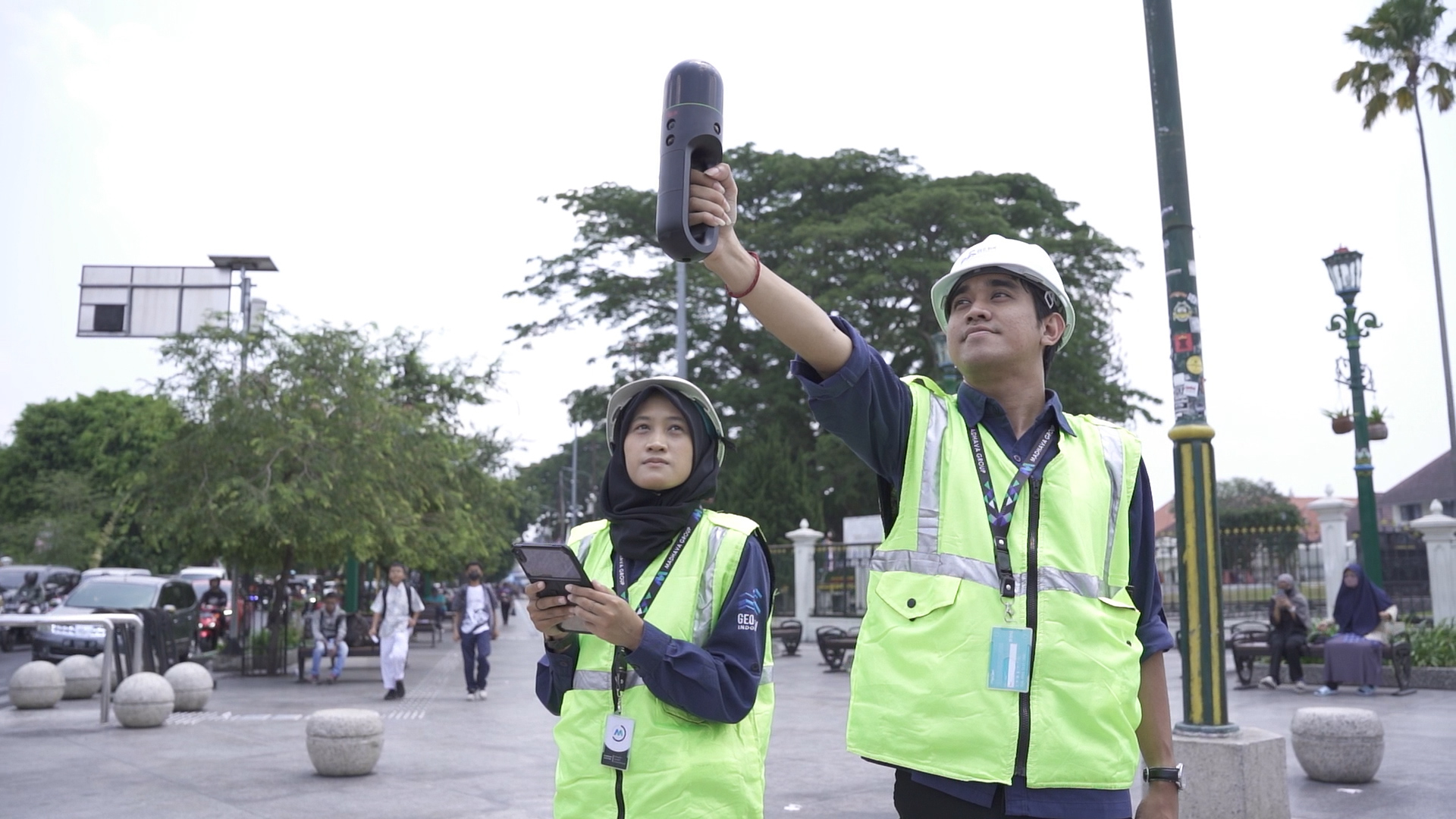
.png)
